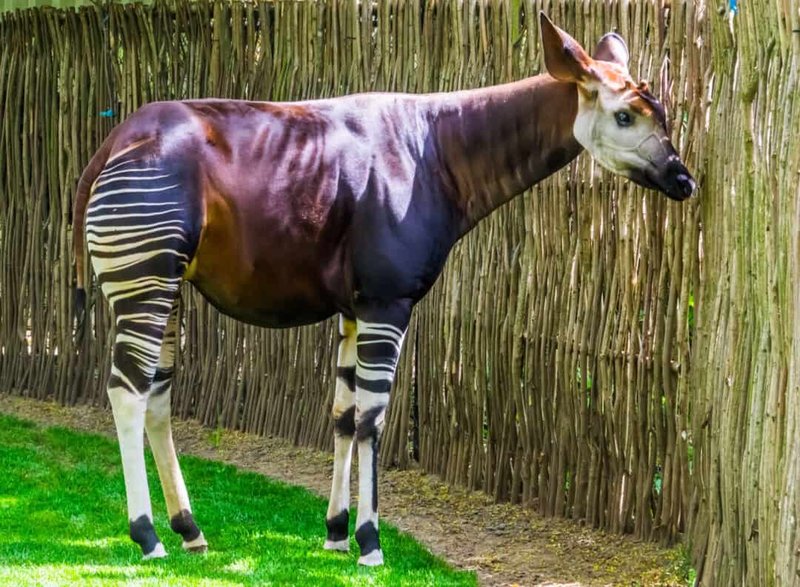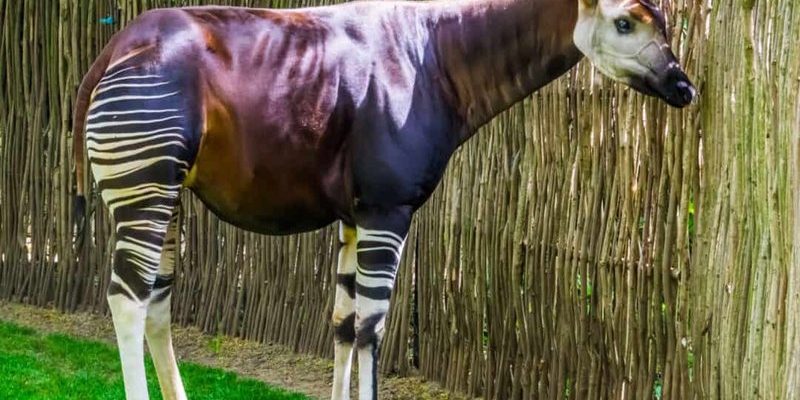
Now, imagine sipping coffee with a friend and diving into tales about this lesser-known animal. You’d be intrigued to learn how the okapi has weaved itself into the fabric of African folklore and how it appears in modern culture, too. From traditional stories to contemporary art, the okapi is more than just a rare animal—it’s a symbol of mystery, beauty, and the connection between nature and humanity. Let’s explore the rich cultural tapestry that the okapi is part of.
The Okapi in African Folklore
Folklore is like a treasure chest filled with stories passed down through generations. In many African traditions, the okapi is often viewed as a mystical creature. Various indigenous tribes tell tales that highlight its elusive nature. For example, the Mbuti pygmies refer to the okapi as “the African unicorn,” a creature that embodies the mysterious and unexplored aspects of the forest.
These tales often serve as a way to teach lessons about respect for nature. The okapi’s secretive behavior is reflected in stories that caution against greed and the exploitation of resources. The legends suggest that if one harms the okapi or disrespects its habitat, bad luck will follow. It’s fascinating to think of how these colorful narratives help preserve the okapi’s significance in the ecosystem.
The Okapi as a Symbol of Conservation
In recent years, the okapi has become a strong symbol for wildlife conservation. As deforestation and poaching threaten its habitat, various organizations have adopted the okapi as a mascot for their efforts to protect endangered species. Here’s the thing: when people see images of the okapi, they often feel drawn to its uniqueness. This emotional connection encourages many to support conservation initiatives.
Art, literature, and even social media campaigns prominently feature the okapi to raise awareness. For instance, various documentaries showcase the beauty of the okapi while shedding light on the challenges it faces. Every time someone shares a story about the okapi’s plight, they’re helping to spread the word and inspire action. It’s remarkable to see how a single animal can mobilize efforts to protect entire ecosystems.
The Okapi in Art and Literature
The okapi’s striking appearance has made it a subject of interest in art and literature. Artists often depict this remarkable creature in paintings, sculptures, and illustrations, emphasizing its unique features. The vivid colors and patterns of the okapi spark creativity, allowing artists to explore themes of nature, mystery, and beauty.
In literature, the okapi appears in children’s books and stories, often depicted as friendly and wise. These narratives tend to emphasize important values like friendship, curiosity, and the importance of protecting nature. Just think about how many children would learn about conservation through a captivating story featuring the okapi as the main character!
Modern Representations of the Okapi
Beyond folklore, the okapi has found its place in modern culture. It appears in various forms of media, from animated films to video games, often symbolizing adventure or the unknown. You might be wondering how a rare forest animal can become a pop culture sensation. The answer lies in its exotic charm and the sense of wonder it inspires.
Take, for example, children’s shows that feature diverse animal characters, including the okapi. These shows not only entertain but also educate young audiences about different species and their habitats. By introducing kids to the okapi, creators spark curiosity about wildlife and the importance of biodiversity.
The Okapi in the World of Fashion and Design
Believe it or not, the okapi has also made its way into fashion and design. Its unique stripes have inspired patterns on clothing, accessories, and home decor. Designers and brands often embrace the okapi’s distinct look to stand out in a crowded market. The combination of elegance and exoticism creates a perfect blend for trendy products.
Moreover, the okapi often features in campaigns promoting eco-friendly fashion. By using images of this endangered animal, brands highlight the importance of sustainability in their designs. This connection not only raises awareness but also encourages consumers to think about the impact of their purchases on wildlife.
Preserving the Legacy of the Okapi
As we reflect on how the okapi is represented in culture and folklore, it becomes clear that preserving its legacy is crucial. While its captivating presence enchants many, the challenges it faces in the wild remind us of our responsibility to protect it. Organizations working to conserve the okapi rely on support from people all over the world.
Whether through donations, education, or simply sharing stories, everyone can play a part in ensuring the okapi continues to inspire future generations. It’s like planting a seed—small actions can lead to a beautiful, thriving future for this unique creature.
In conclusion, the okapi isn’t just another animal on the endangered species list. It symbolizes a rich connection between people and nature across various cultural narratives. From ancient folklore to modern conservation efforts, the okapi stands as a reminder of the beauty and fragility of our world. So, the next time you hear about this “forest giraffe,” remember the stories and significance it carries. It’s a tale worth sharing!

